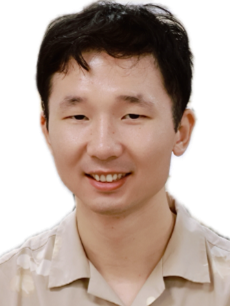题目:Collisions between Vortex Rings and Solid Surfaces: How Geometries Shape Vortex Dynamics
时间:2025年8月4日 10:00-12:00
地点:williamhill威廉希尔官网 F210会议室
邀请人:施圣贤 教授(航空动力研究所)
Biography

Bowen Xu is currently a PhD candidate at Nanyang Technological University, Singapore. Prior to his PhD study, he obtained his bachelor’s and master’s degrees from Xiamen University and Beihang University respectively. His research focuses on vortex dynamics, particularly the investigations of vortex ring collisions using planar laser-induced fluorescence visualization, time-resolved particle image velocimetry and large-eddy simulation. Based on his PhD work, he has published five journal papers, two in Journal of Fluid Mechanics (including a cover article) and three in Physics of Fluids (including an Editor’s Pick), as either the first author or lead student author. Recently, he was awarded the Young Researcher Best Presentation Award at the 21st International Symposium on Flow Visualization.
Abstract
Vortex ring collisions with solid surfaces are commonly encountered in various engineering applications, including jet-impingement-based heat transfer, cold-spray in coating and additive manufacturing, and surface drying and wetting. This talk presents a series of recent numerical and experimental studies that investigate how both the geometries of solid surface and vortex ring influence collision outcomes. This talk will begin with collisions between circular vortex rings and hemispherical and spherical surfaces, where the diameter ratio between hemisphere/sphere and vortex ring governs the vortex dynamics. Emphasis will then be placed on non-coaxial collisions with spheres, which reveal intriguing flow phenomena such as nonuniform vortex-stretching and circumferential flows. The focus will then shift to collisions between elliptic vortex rings and flat walls, where axis-switching plays a critical role in determining whether vortex-stretching or compression dominates the flow developments. The wall is subsequently inclined by a certain angle to explore how the inclination changes the vortex-stretching/compression states. Finally, preliminary visualizations on rectangular vortex rings colliding with flat walls will be presented to demonstrate how sharp corners may potentially affect the flow developments compared to elliptic vortex ring collisions.

